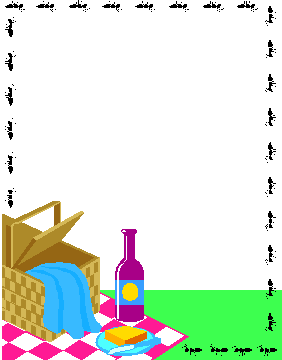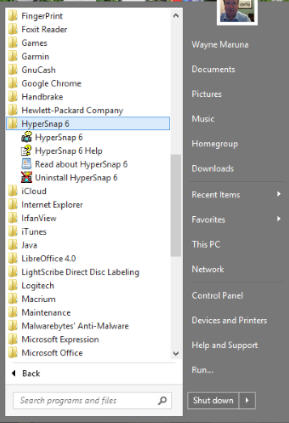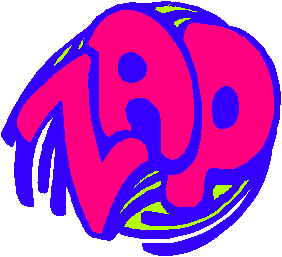Removing Programs
By Wayne Maruna

With
apologies to my technically astute readers, I’m returning to the
Windows 101 curriculum for this month’s article. In my travels,
I’ve come to realize that there are a significant number of computer
users who have no idea how to remove installed programs. No,
sorry, this discussion does not include any unpopular federal
programs. I’m talking about computer programs that the user has
determined he/she does not want and does not use. Often these programs
(or applications if you prefer the term) seemingly appeared on their
own, much like ants to a picnic.
Many legitimate programs provide an uninstall option in the Start
menu. On everything but Windows 8, which we will cover later,
click on the Start button, then Programs, and look down the list for
the program you want to uninstall. Usually that program appears
in its own folder, and you need to click on the folder name to open up
all available options. If ‘Uninstall’ appears as an option, click
it and follow the on-screen instructions. If the option does not
appear, you’ll have to go to the Control Panel which should appear as a
clickable option on the right side of the Start menu.
 Once
you are in the Control Panel, the option you look for will depend on
the version of Windows you are running. If running Windows XP, look for
‘Add/Remove Programs’. If running Windows Vista or Windows 7, look for
‘Programs and Features’. Depending on how your Control Panel view is
set up, you may see ‘Uninstall a Program’ as a clickable link under
‘Programs and Features’. If not, just click on Programs and
Features and the uninstall option should appear. Click on that
option. At that point, Windows does a roll call for all installed
programs, and you may need to wait a couple minutes for all programs to
roll out of their bunks and answer the call. Once the list is
complete, review it to find the program in question. Click it to
highlight it, then click on the Uninstall (or Remove) option and follow
the prompts.
Once
you are in the Control Panel, the option you look for will depend on
the version of Windows you are running. If running Windows XP, look for
‘Add/Remove Programs’. If running Windows Vista or Windows 7, look for
‘Programs and Features’. Depending on how your Control Panel view is
set up, you may see ‘Uninstall a Program’ as a clickable link under
‘Programs and Features’. If not, just click on Programs and
Features and the uninstall option should appear. Click on that
option. At that point, Windows does a roll call for all installed
programs, and you may need to wait a couple minutes for all programs to
roll out of their bunks and answer the call. Once the list is
complete, review it to find the program in question. Click it to
highlight it, then click on the Uninstall (or Remove) option and follow
the prompts.
 At
this point I would like to issue a strong word of caution. Once
you have successfully removed the unwanted program, you may be filled
with a new-found sense of power and tempted to go on a deletion
spree. This is where you can get yourself into deep
trouble. If you do not recognize a program in the list, leave it
alone. Do not just assume it is unused and unloved. But if you
recognize a program that you know for a fact provides pounds of
aggravation without an ounce of benefit, then delete it. Just
remember that unlike deleted files and folders that go off into the
Recycle bin from which you have the opportunity for an un-do, once you
have deleted a program, it would need to be reinstalled if deleted in
error.
At
this point I would like to issue a strong word of caution. Once
you have successfully removed the unwanted program, you may be filled
with a new-found sense of power and tempted to go on a deletion
spree. This is where you can get yourself into deep
trouble. If you do not recognize a program in the list, leave it
alone. Do not just assume it is unused and unloved. But if you
recognize a program that you know for a fact provides pounds of
aggravation without an ounce of benefit, then delete it. Just
remember that unlike deleted files and folders that go off into the
Recycle bin from which you have the opportunity for an un-do, once you
have deleted a program, it would need to be reinstalled if deleted in
error.
As for Windows 8, if the program in question is
represented by a tile on the Start Screen, you can right-click the tile
and choose Uninstall from the pop-up menu in the lower left screen
corner. However, similar to actors at the Hollywood Walk of Fame,
not all programs are deemed worthy of their own tile on Microsoft’s
Start Screen. To get to the comprehensive program list,
right-click on any open area of the tiled Start Screen and an All Apps
button should appear in the lower right corner. Click on that,
and a full list of installed programs will appear. Once again you can
right-click a program and choose Uninstall, or you can find Control
Panel in the list of programs and open it to proceed as noted above.
(Late breaking news: In Windows 8.1, you can get to All
Apps by clicking on the circled Down Arrow at the bottom of the tiled
start screen.)
If only all annoyances in life could be so easily
deleted. Delete that slow driver in my lane! Delete those
Brussels sprouts from my plate! Delete that Hummer-sized ‘spare
tire’ from around my waist! Then again, maybe it’s a good thing that
magic add/delete button does not exist. I might be at the top of
someone else’s Delete list.



